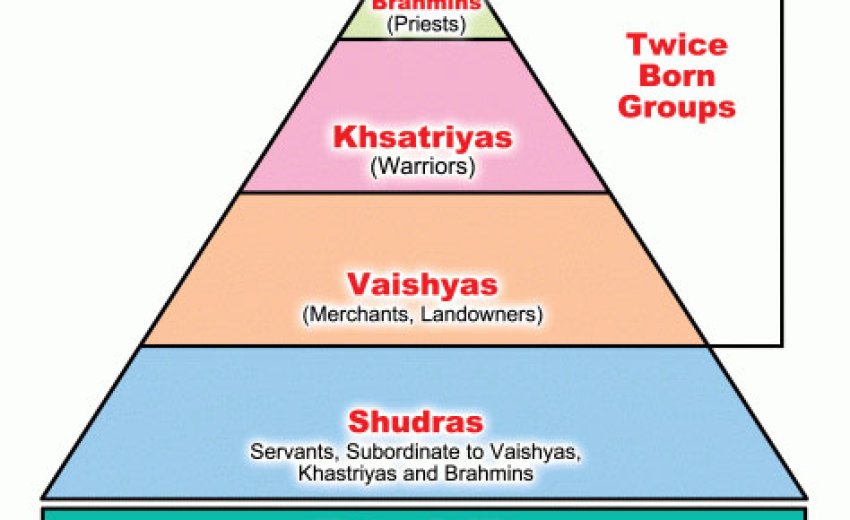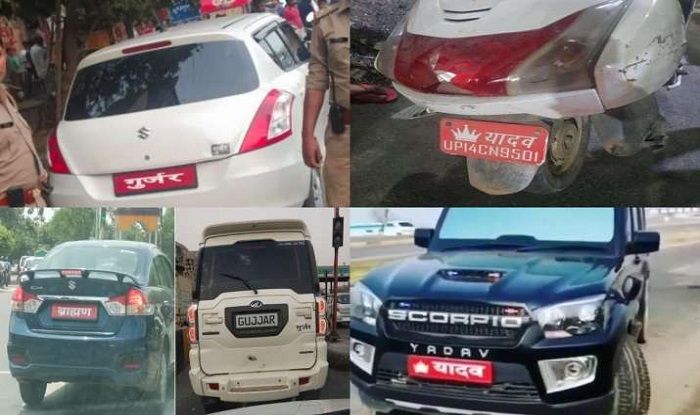

So, which are the castes that do have reservation in Haryana? With changing times and dividing families, however, holdings began to shrink. Over a decade ago, some sections of Jats were not ready to accept the status of “backward class” because at that time land was not fragmented, and most Jat landholdings were large. The Jats’ primary occupation remains farming. The literacy rate among Jat men is said to be 45% among women, about 30%. The representation of Jats in educational institutions was 10.35%. In the lower grades, this representation is estimated at as high as 40 to 50%.

Watch video: Visuals Of The Jat Agitation, Rapid Action Force & Central Reserve Police Forceīut if the Jats are so politically influential, should they not already be well represented in higher education and government jobs?Īccording to the K C Gupta Commission, Jats had 17.82% representation in Class 1 and 2 government jobs. The BJP won 10 out of these 18 seats, while six went to Congress and two to INLD. The three districts are mostly covered under two parliamentary constituencies - Rohtak and Bhiwani - and 18 Assembly constituencies. The Jat agitation is centred on Rohtak, Jhajjar and Bhiwani - the three districts that, along with Panipat, Sonipat and Hisar, are known as the state’s Jat belt. Chief Minister Manohar Lal Khattar represents the Punjabi community, and belongs to the Khattar caste. The leaders of the two main opposition political parties - Bhupinder Singh Hooda of the Congress and Abhay Singh Chautala of the Indian National Lok Dal - are Jats. Jats comprise 27% of the electorate, and are the state’s predominant caste group, who dominate a third of the 90 Assembly constituencies in the state. Since being carved out of Punjab in 1966, Haryana state has had 10 chief ministers, and seven have been Jats. Where do the Jats stand in Haryana’s political hierarchy? In April 2015, the NDA government filed a review petition in the Supreme Court against the March 17 verdict.

Consequently, the reservation introduced for Jats in Haryana and eight other states - Gujarat, Bihar, Madhya Pradesh, Himachal Pradesh, Delhi, Bharatpur and Dholpur districts of Rajasthan, Uttar Pradesh and Uttarakhand - was set aside. On March 17, 2015, the Supreme Court quashed the UPA government’s decision to extend the OBC quota in central government jobs to Jats, refusing to accept that Jats were a backward community. What are the legal issues involved in granting reservation to Jats? What is the policy in neighbouring states? The Hooda government accepted the report and 10% quota was granted, but this was later set aside by the Supreme Court. In 2012, the commission recommended the inclusion of Jats and four other castes, Jat Sikhs, Ror, Tyagi and Bishnoi, in the category Special Backward Classes (SBC). After an agitation, in April 2011, the government set up the K C Gupta Commission to go into the question once again. Reservation for Jats was one of the poll promises made by Bhupinder Singh Hooda, who came to power in 2004 he subsequently wrote several letters to the Union government seeking their inclusion of Jats. Two more Backward Classes Commissions set up in the state excluded the group – in 19. In his tome on the “Panjab Castes” following the 1881 census, Sir Denzil Ibbetson noted that “from an economical and administrative point of view is the husbandsman, the peasant, the revenue-payer par excellence… he is usually content to cultivate his fields and pay his revenue in peace and quietness…” The Jats currently out on the streets across Haryana are demanding reservation in government jobs and educational institutions under the OBC category.ĭiscontent boiled over after the 1991 Gurnam Singh Commission report included Jats in the Backward Classes category along with seven other groups, and after the Bhajan Lal government withdrew the notification that had been issued for inclusion. In Haryana, they are the predominant caste, and therefore politically influential. Jats are an agricultural caste group in Haryana, and seven other states in North India, notably Uttar Pradesh, Rajasthan and Gujarat.


 0 kommentar(er)
0 kommentar(er)
